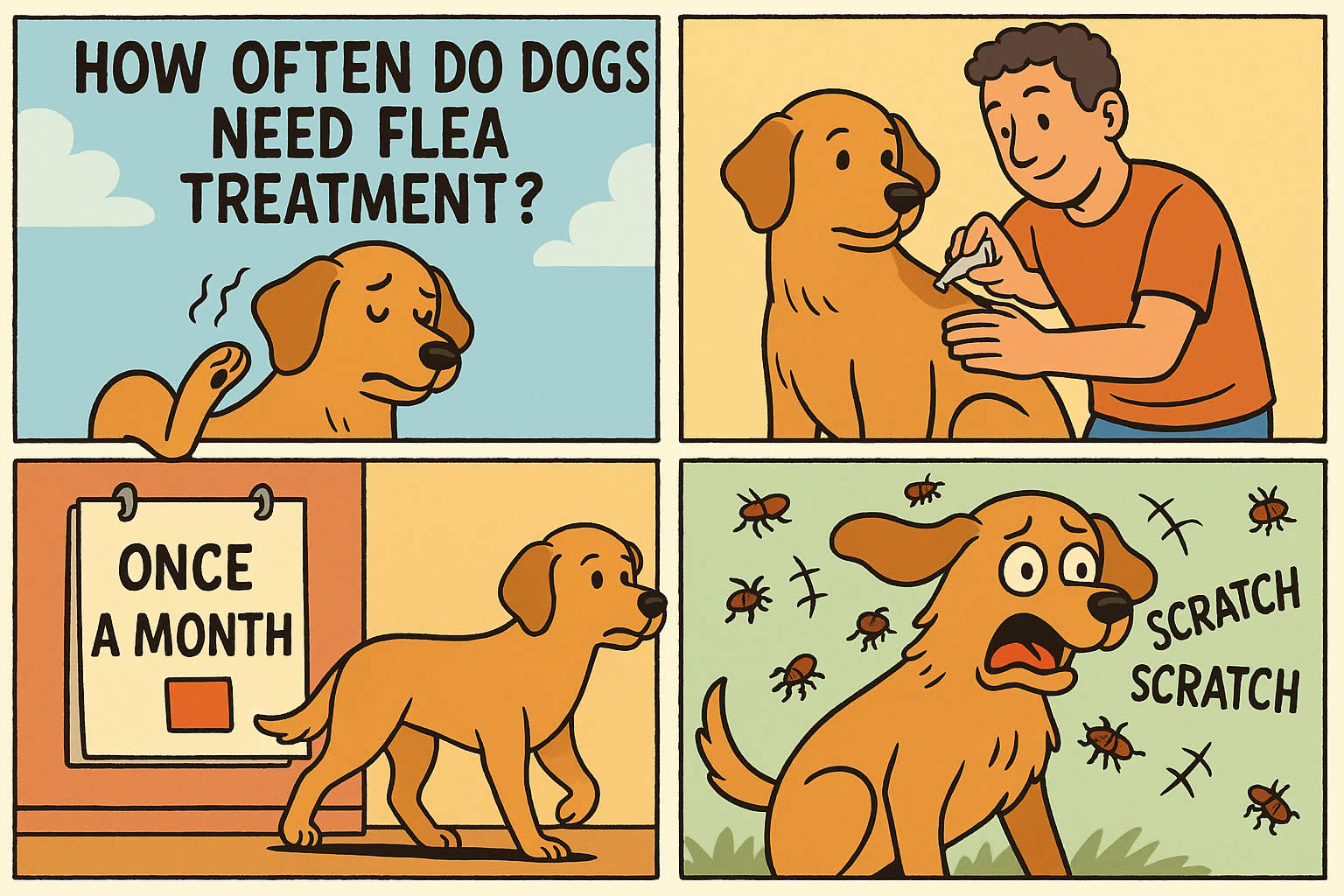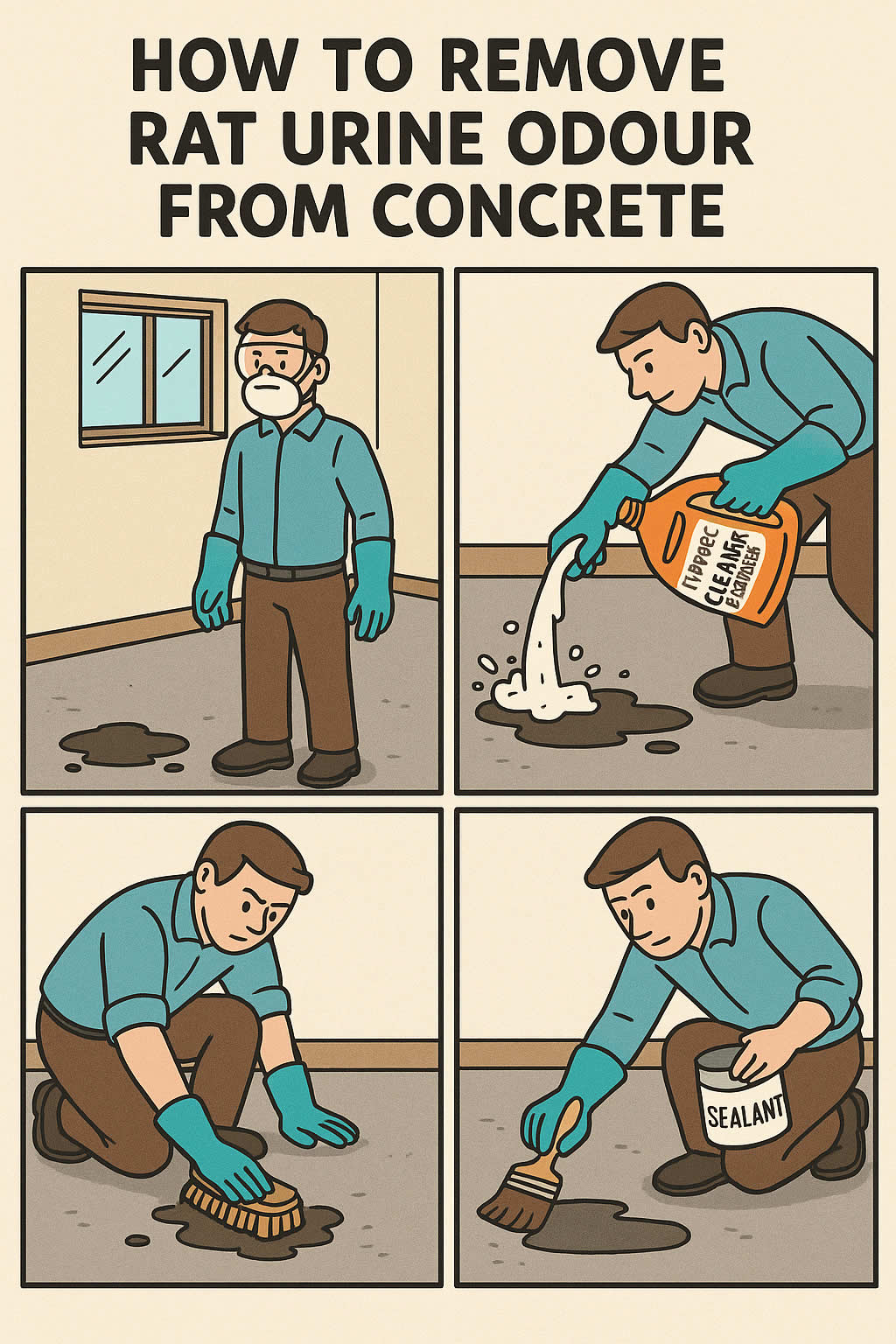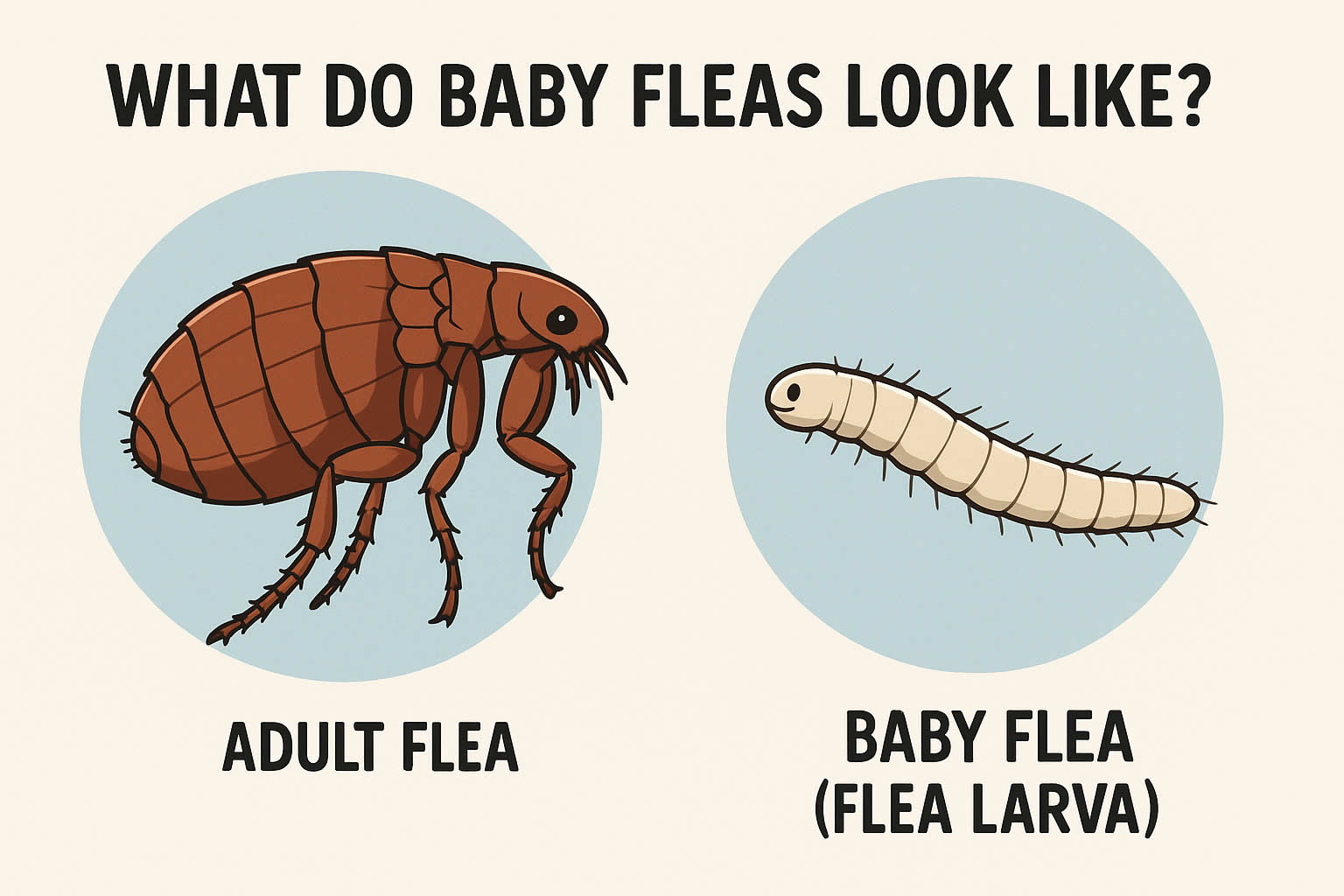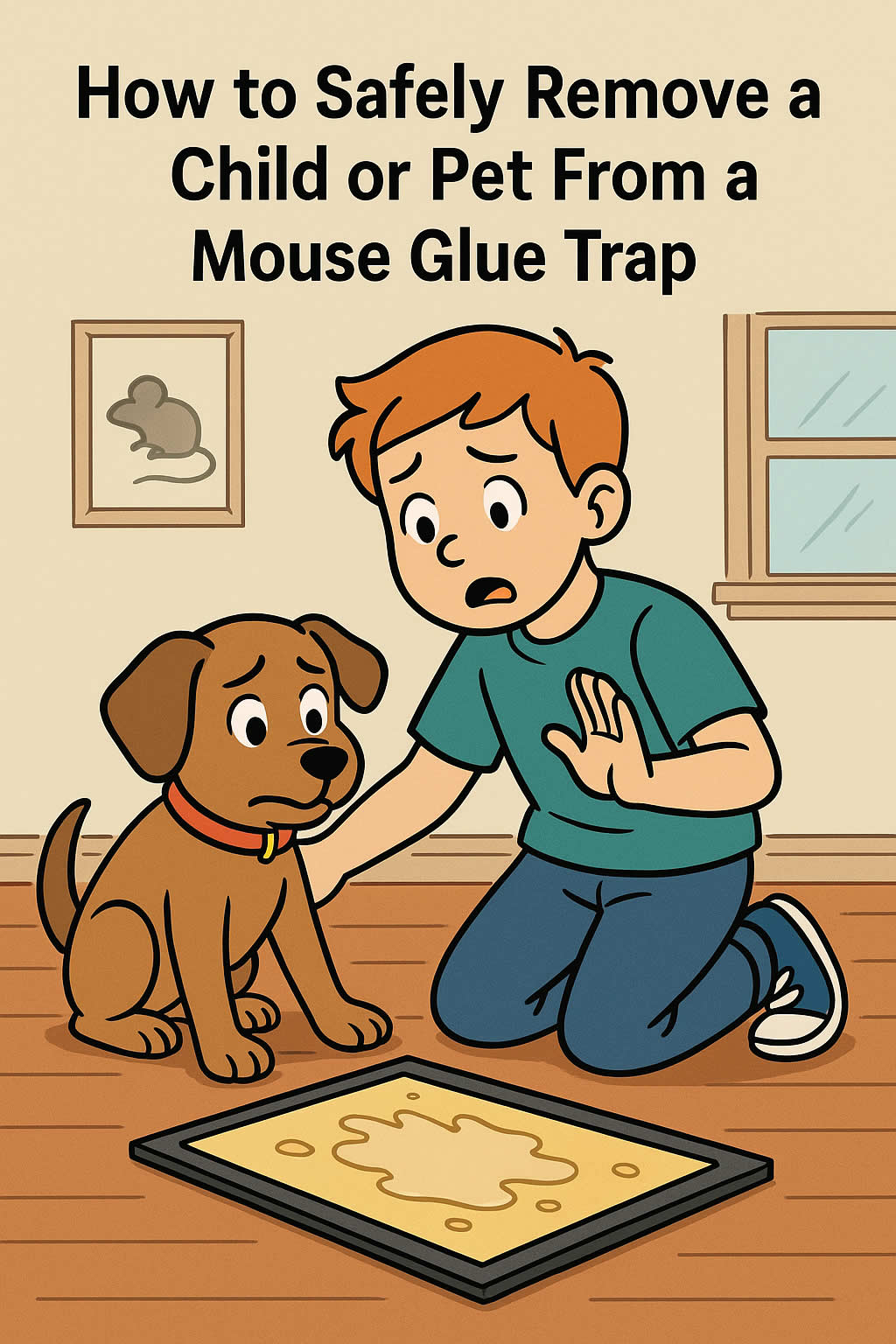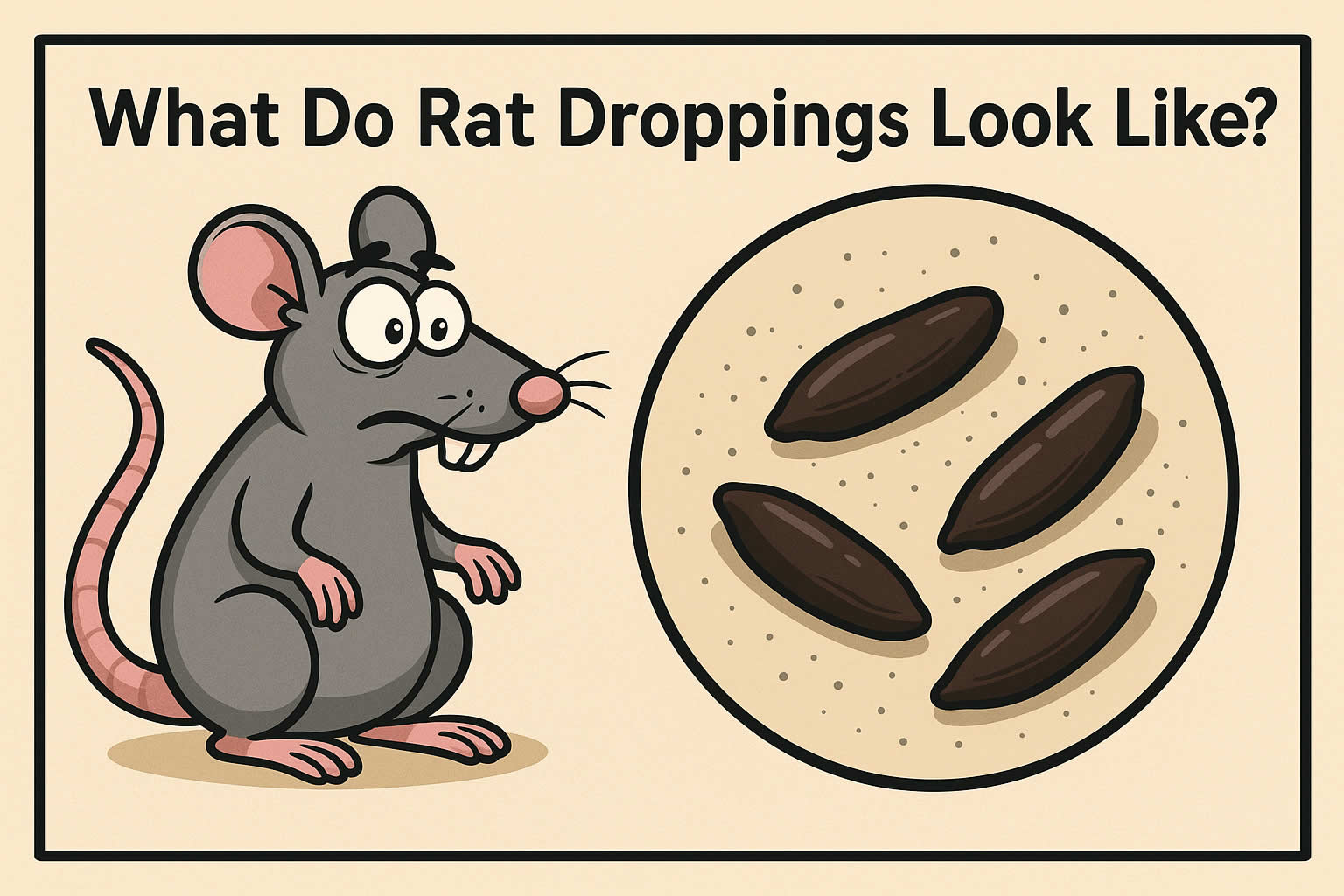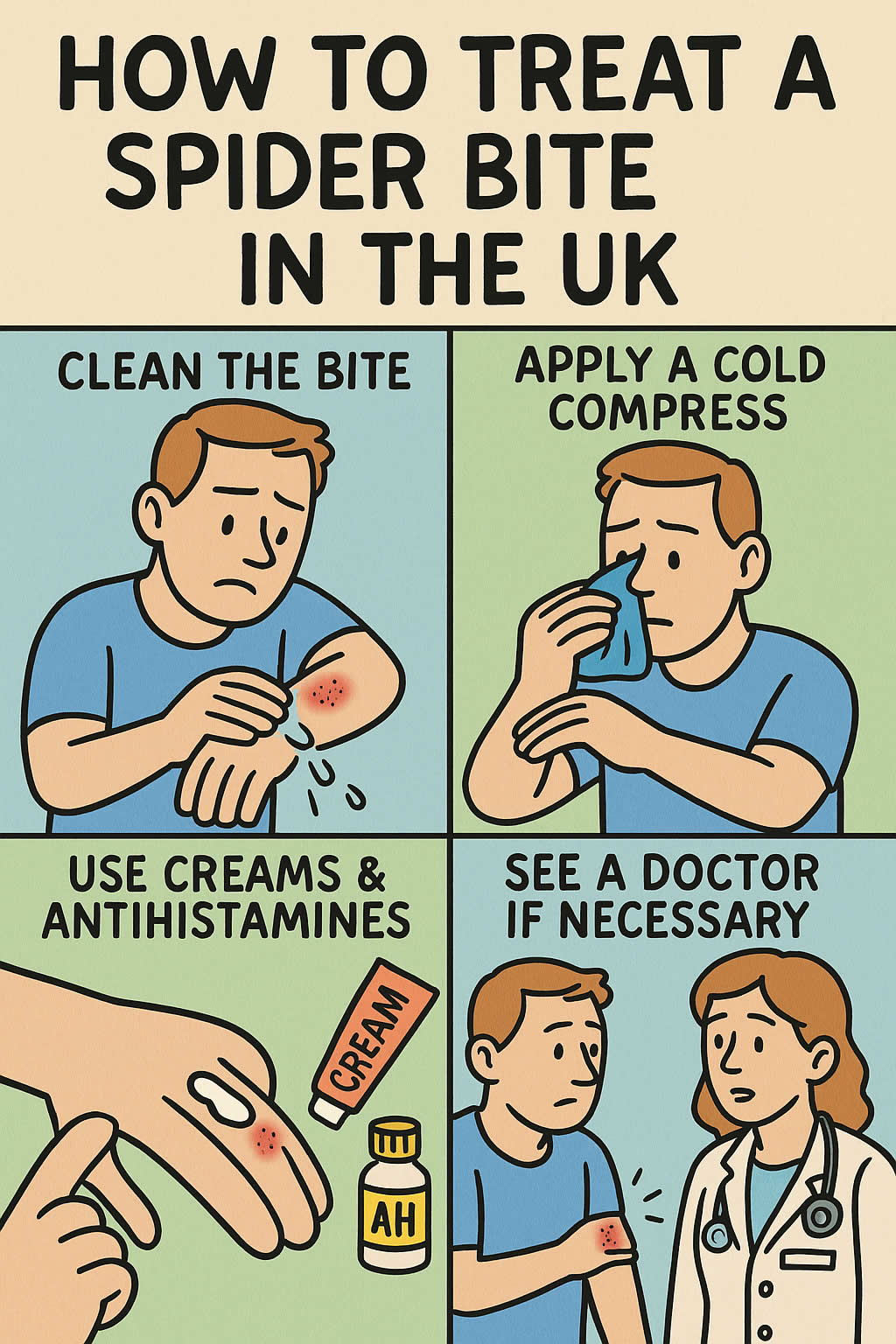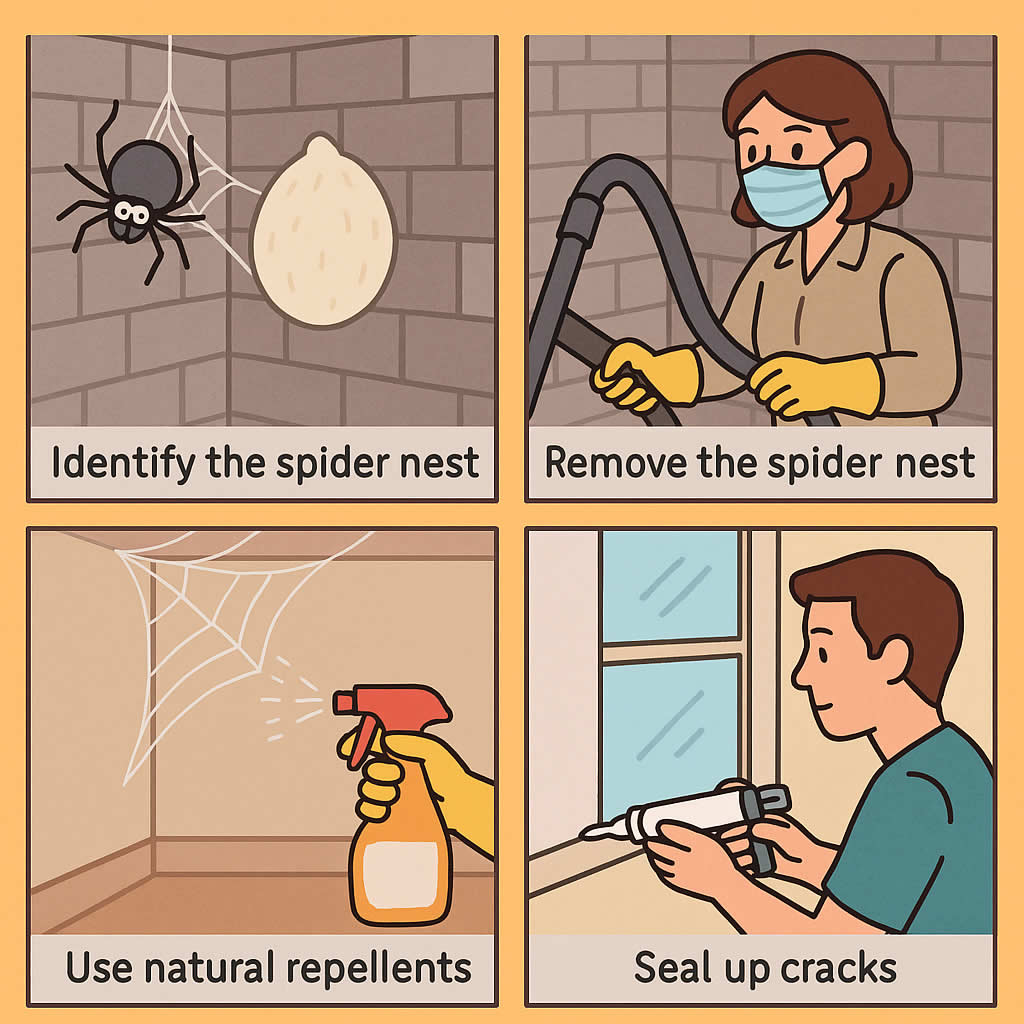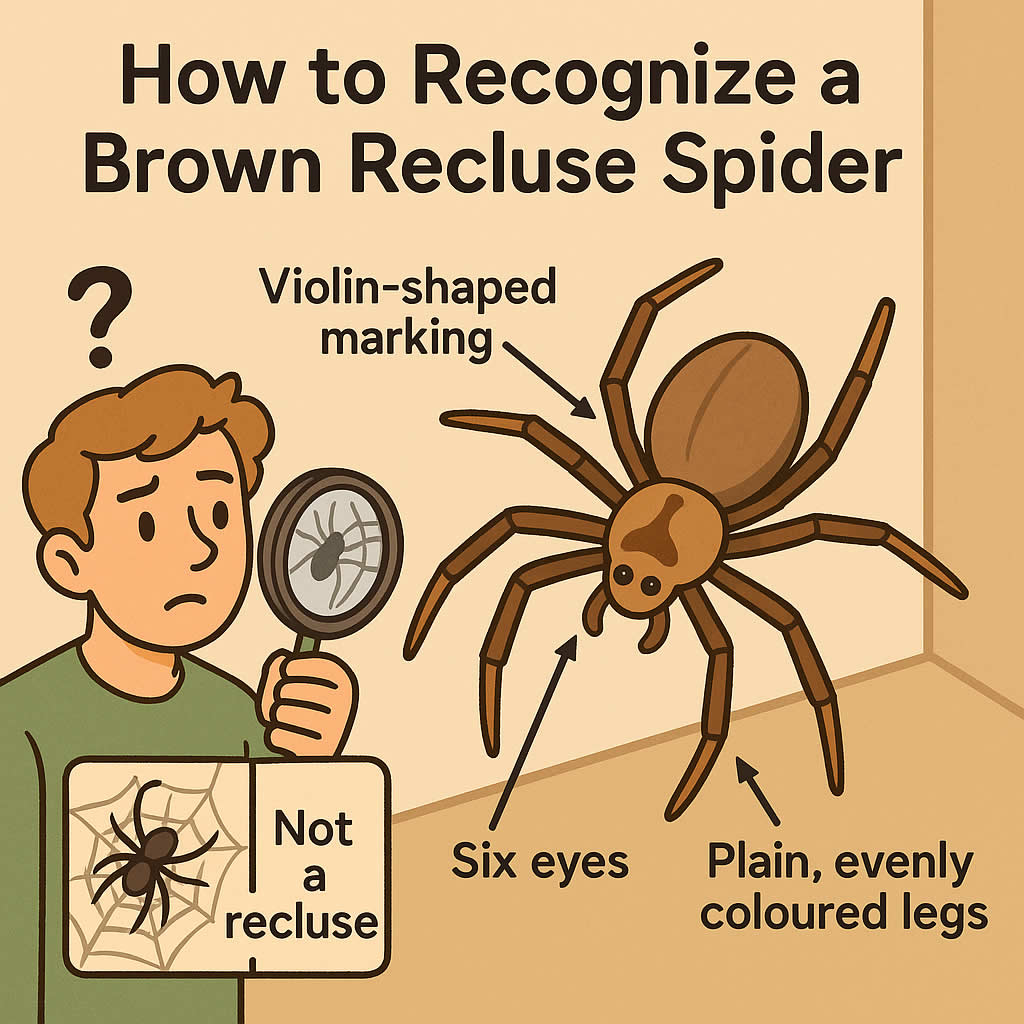Related Queries
ToggleIf you’ve ever found your dog scratching a bit more than usual, you’ll know how quickly the worry sets in. One minute they’re curled up peacefully, the next they’re chewing at their fur or shaking themselves with frustration. For many dogs, this is the first visible sign of fleas.
Fleas might be tiny, but the trouble they cause is far from small. They irritate your dog’s skin, spread fast in your home, and can even cause health problems if they’re not dealt with quickly. That’s why understanding how often your dog needs flea treatment isn’t just useful—it’s essential. Getting the timing right keeps your dog comfortable, keeps your home free of pests, and stops a minor problem from becoming a major headache.
Let’s look at why regular flea treatment matters, how often to give it, and how to fit it into a routine that works for both you and your dog.
Why is regular flea treatment important?
Fleas don’t just cause itching. When they bite, they inject saliva into your dog’s skin, which can trigger irritation and, in some dogs, severe allergic reactions. Constant scratching and biting can break the skin, leading to painful sores and infections.
In heavy infestations, fleas can cause anaemia, particularly in puppies or smaller dogs. They can also pass on tapeworms if your dog swallows an infected flea while grooming. Beyond the health risks, fleas breed at an astonishing rate—an adult female can lay dozens of eggs in a day—so a small problem can escalate within weeks.
Regular flea treatment breaks this cycle. By keeping the population under control, you not only protect your dog’s health but also avoid the time and effort of dealing with an established infestation in your home.
How often should you treat your dog for fleas?
For most dogs, the general guideline is once a month. Many vet-approved flea treatments are designed to provide protection for about four weeks. This timeframe ensures that you kill any new fleas that hop onto your dog before they can lay eggs and start the cycle again.
Worming treatment often follows a different schedule—sometimes every two or three months—so it’s worth keeping separate reminders for each. The key is consistency. If you delay or skip a month, even by a few days, you could leave a gap in your dog’s protection, allowing fleas to take hold.
The exact schedule might vary depending on your dog’s breed, size, age, and lifestyle. Dogs that spend a lot of time outdoors or live in multi-pet households often benefit from strict monthly treatments, while some lower-risk dogs might need a more tailored plan. The safest approach is to get your vet’s advice and stick to a routine that matches your dog’s needs.
Why does “once a month” matter so much?
It’s tempting to think that if your dog doesn’t have fleas, you can skip a month or two. But the flea life cycle is surprisingly short—sometimes just 12 days from egg to adult in warm conditions. This means fleas can go from invisible eggs in your carpet to fully grown, biting adults in less than two weeks.
Most treatments work by killing adult fleas quickly and breaking the cycle before eggs are laid. If you go beyond the four-week mark, you risk new adults emerging and starting the process all over again. Once that happens, you’re not just treating your dog—you’re tackling your home as well, which is much harder and takes longer.
A steady monthly schedule means you’re always one step ahead, preventing an infestation rather than trying to cure one.
Are there longer-lasting options?
Yes, some treatments are designed to last longer than a month. Flea collars, for example, can protect for up to eight months depending on the brand and how much your dog swims or bathes. There are also oral tablets that last up to three months and injectable options in certain cases.
These longer-lasting products can be a good choice if you find it hard to remember monthly doses, or if your dog reacts better to one type of treatment over another. But even with these, you still need to check your dog regularly. No product is 100% foolproof, and heavy exposure to fleas—such as in areas with wildlife or other untreated pets—can sometimes overwhelm the protection.
For puppies, the situation is different. Many treatments aren’t suitable until eight weeks of age, and younger pups might need more frequent checks and a product specifically designed for their age and weight.
Could your dog need flea treatment less often?
In recent years, there’s been more discussion about whether all dogs need monthly flea treatment year-round. Some vets are now taking a risk-based approach, reducing the frequency for dogs that live mostly indoors or in areas with low flea risk. This is partly to avoid unnecessary pesticide use, which can have an environmental impact.
If you’re considering stretching the time between treatments, speak to your vet first. They can assess your dog’s exposure risk and suggest the safest plan. They might also recommend alternative strategies, like stepping up checks and using environmental controls, so you still catch any fleas early.
What are the signs your dog needs treatment now?
Even if you’re on a set schedule, it’s good to know the warning signs. These include:
- Persistent scratching, licking, or chewing
- Tiny black specks in the fur (flea dirt)
- Small red bumps, often around the base of the tail or behind the ears
- Scabs or hair loss from constant scratching
- Restlessness or difficulty settling
If you spot any of these, treat your dog as soon as possible and check any other pets in the household. Fleas can move between animals quickly, so dealing with them promptly stops the spread.
What else can you do alongside flea treatment?
Even the best flea treatments work more effectively when you pair them with a few simple habits. Washing your dog’s bedding regularly in hot water helps kill any eggs or larvae hiding there. Vacuuming carpets, rugs, and furniture often removes fleas at different stages of their life cycle.
If your dog goes outdoors a lot, especially in grassy or wooded areas, a quick brush-through before they come inside can sometimes dislodge fleas before they settle in. Keeping your home environment clean and checking your dog’s coat regularly makes it harder for fleas to get established.
Can you skip flea treatment in winter?
It’s a common question, and the answer depends on where you live and how your dog spends their time. In colder climates, flea numbers may drop in winter, but central heating can create warm indoor conditions where fleas can still thrive. If your dog mixes with other animals or spends time in kennels, the risk remains.
Many vets recommend year-round treatment to avoid any seasonal gaps. Stopping in winter might save a few months of dosing, but it can leave your dog unprotected when the first warm days arrive—and that’s when fleas breed fastest.
When do puppies need flea treatment?
Puppies can be treated for fleas from about eight weeks old, but you must use a product specifically made for their age and weight. Young puppies are more vulnerable to the effects of flea bites, including anaemia, so quick action is important if you see any signs. Ask your vet for the safest options and the right dosage.
What if your dog swims or gets bathed often?
Frequent swimming or bathing can reduce the effectiveness of some topical treatments. If your dog loves the water or needs regular baths, talk to your vet about switching to an oral tablet or another form of treatment that won’t wash off.
Do different breeds need different schedules?
Breed doesn’t directly affect how often a dog needs flea treatment, but coat type can make a difference in spotting problems early. Long-haired breeds can hide flea dirt and bites more easily, so they may benefit from more frequent checks. Dogs with sensitive skin might also need gentler products or a specific application method.
Final thoughts
Flea treatment isn’t just about avoiding the sight of a tiny insect in your dog’s fur—it’s about keeping them comfortable, protecting their health, and making sure your home stays pest-free. Most dogs need monthly treatment, but the best plan is one tailored to their lifestyle and risk level.
When you combine regular protection with simple home care, you make it much harder for fleas to get a foothold. The result is a happier dog, a cleaner home, and one less thing to worry about.
Pest Control Leagrave – Pest Control Honeydon – Pest Control Ampthill
